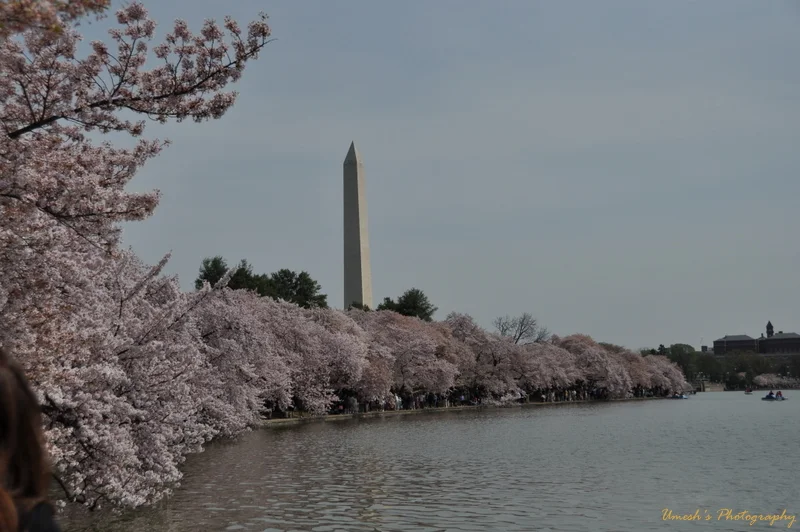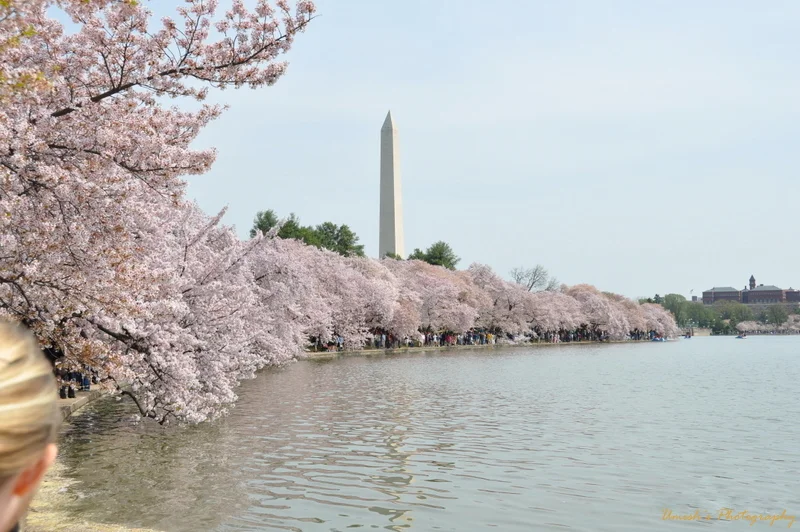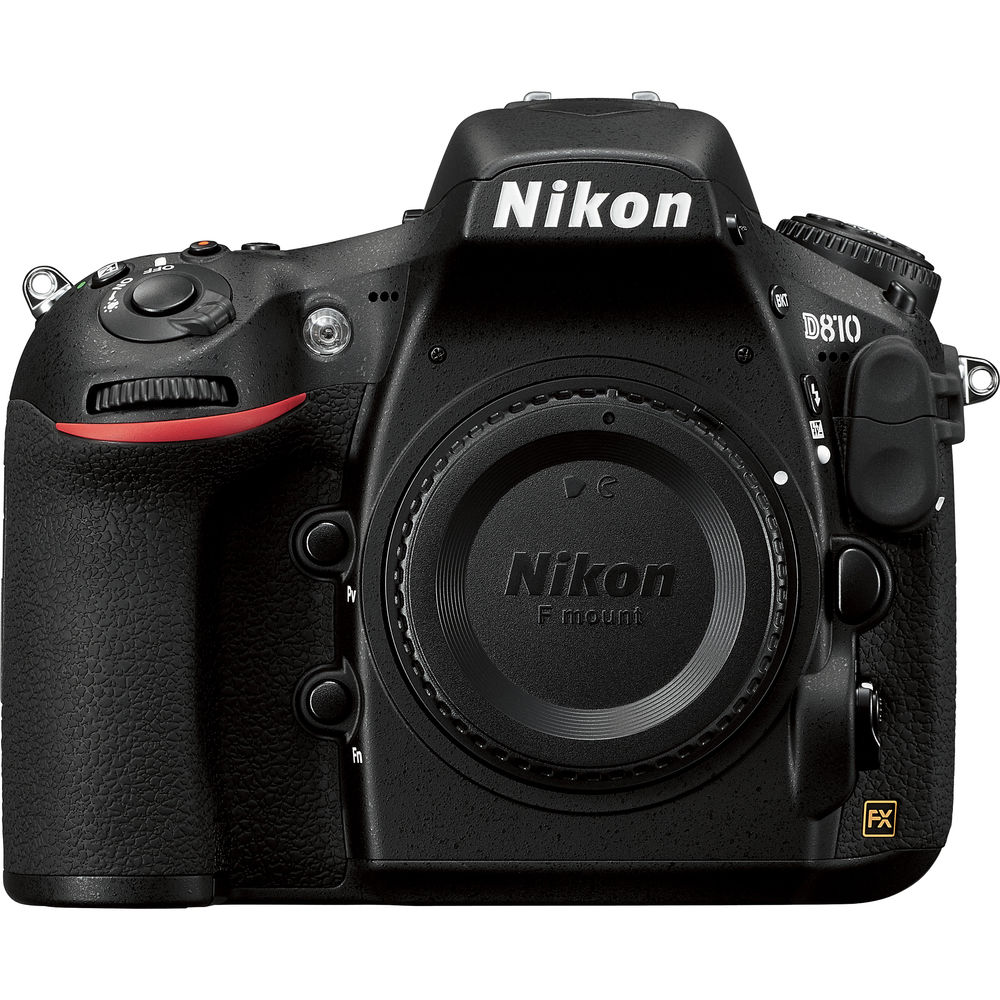I wrote a blog about the exposure compensation and bracketing last month where I talked about the exposure compensation, when to use it and what does the bracketing mean? In this blog, I am going to talk about the Automatic Exposure Bracketing (AEB) and how to set the controls to activate the exposure bracketing feature for the Nikon D90 or any other DSLR in that matter although the menu settings and the controls might be in different places for a different camera. Sometimes, manually bracketing and taking multiple shots will be forgetful and tedious job. And that is the main reason we use Automatic Exposure Bracketing (AEB) feature available in most of the advance DSLRs. When AEB is activated, camera will take three (or more depending on the camera model and the settings applied) shots automatically provided that you are in a continuous shooting mode or a burst shooting mode. Once the automatic bracketing is activated, when you press the shutter release button once, it takes the first picture at the camera measured exposure, second picture with a negative exposure compensation (usually -1/3 EV but Nikon D90 allows you to specify a different value), and the third with a positive exposure compensation (usually +1/3 EV).
How to set Nikon D90 for AEB?
Nikon D90 Bracketing Menu
1. Press the Menu button on the left side of your camera.
2. Navigate to the Custom Settings Menu (Pencil icon).
3. Go to e bracketing/flash menu and option e4 is for setting up Auto Bracketing with different options.
4. Inside auto bracketing, you have other options available as well to set for but Automatic Exposure (AE) is what we are discussing here.
You can also set the order of how you would want your camera to take the pictures whether it is in the order of correct exposure first, under exposure second and over exposure at last or under exposure first, correct exposure second and over exposure is at third. In order to set that order, you have to go to e6 Bracketing order menu under e bracketing/flash menu and set whichever order you want. This doesn't make any difference on the exposure but just the order in which photographs will be taken and saved in the memory.
Nikon D90 Bracketing Button
Now the next step is to set the exposure value and the number of frames you would want. Nikon D90 allows you to shoot 2 frames over exposed and one correctly exposed (+2F) or 2 frame under exposed and one correctly exposed (-2F) or traditional 3F which gives one under exposed, one correctly exposed and one over exposed picture. So the maximum number of frames for Nikon D90 is 3. In order to setup +2F, -2F or 3F, press the BKT button on the left side of the camera, just below the flash button, and once the button is pressed, you will see an option displayed on the top LCD near the shutter release button to set the exposure value and the number of frames. While pressing the bracketing button, rotate the main command dial to change the number of frames whether it is +2F, -2F or 3F and use the sub command dial to change how much you want to shift the exposure value for the under and the over exposed photographs. Once you are done with all those setup, your camera is ready to take the bracketed shots.
Automatic Exposure Bracketing is a great feature if you want to blend multiple exposure shots and extract the details and the shadows by creating an HDR (High Dynamic Range) image. This technique is getting increasingly popular in landscape photography and I use it almost every time when I shoot night cityscapes .












